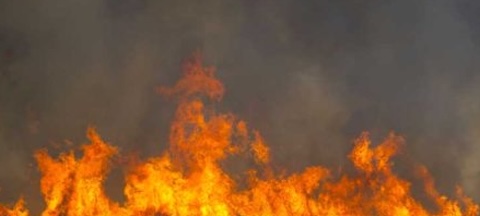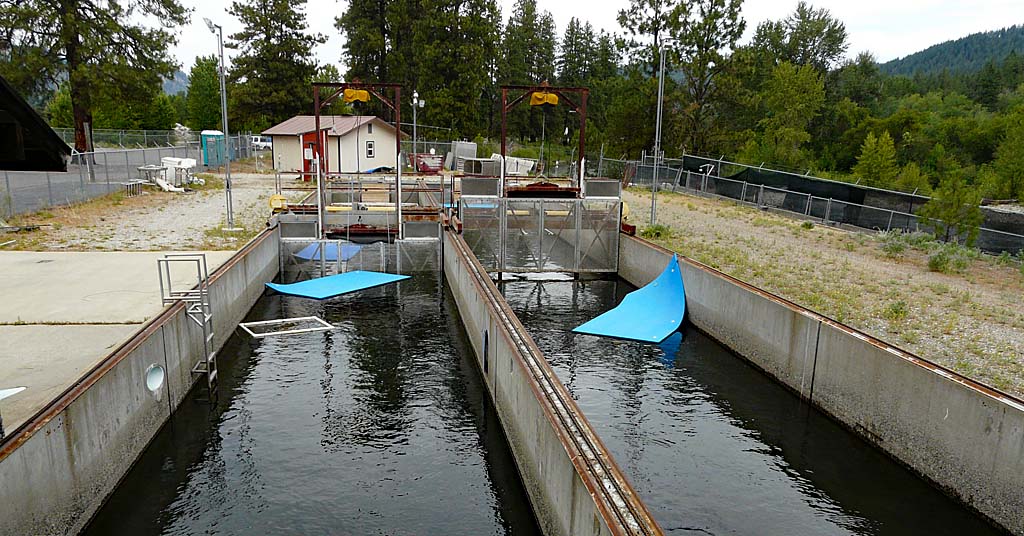Above-normal snowpack bolsters Idaho’s water supply
Published 3:45 pm Thursday, June 8, 2023
BOISE — A wet winter across most of Idaho brought above-normal snowpacks to most regions, resulting in ample reservoir storage.
Peak snowpack was greater than normal in many basins, and higher-than-normal temperatures in May brought rapid snowmelt across the state, the Natural Resources Conservation Service Idaho reported in its June Water Supply Outlook report.
Trending
“Overall, water supply looks really good this year,” said Erin Whorton, NRCS hydrologist.
It’s wet in the central and southern parts of the state, areas that were hit by drought in the last two to three years, she said.
The southeastern part of the state had the biggest snowpack, with the Bear River Basin peaking at 160% of normal. In areas south of the Snake River, snowpack peaked at 139% to 160% of normal, she said.
Snowpack peaked at 182% of normal in the Willow, Blackfoot and Portneuf basins. Snowpack in the Wood and Lost basins peaked at 130% to 155% of normal, and snowpack in the Boise Basin peaked at 135% of normal.
Northern Idaho had below-normal snowpack, with drier conditions advancing northward to Canada, she said.
The Palouse and panhandle, which has mostly dryland farms, had dry conditions all year and could see an impact on crop production, she said.
Trending
But most of the state had a wet winter, with a third straight year of La Nina, she said.
“I think most water users can feel confident about water supply this year,” she said.
“Reservoir storage is looking really good,” she said.
Reservoirs in the Upper Snake system are above normal for this time of year at 88% full, she said.
“May was really warm, so the snow melted quicker,” she said.
But some uncertainty remains as to whether that system will fill, she said.
Reservoirs are 95% full in the Boise River system and 92% full in the Payette River system.
“Overall, water supply is looking really good across the state. Anyone who’s on an irrigated system can feel confident about water supply, especially compared to the last two years,” she said.
May precipitation was higher than normal in the majority of the Southern Snake, Boise, Wood and Lost basins, ranging from 95% to 159% of normal.
Everywhere else in the state was drier than normal with monthly precipitation ranging from 59% to 93% of normal. Southeast Idaho and the Upper Snake basins were the driest during May, with 59% to 74% of normal precipitation.
Total water year precipitation was above normal in most of the state on June 1. But it ranged from 79% to 81% of normal from the Canadian border to the Clearwater Basin and 96% to 109% in the West Central and Salmon River basins.










